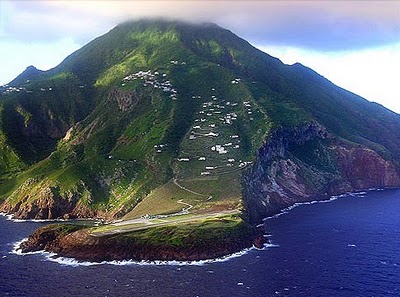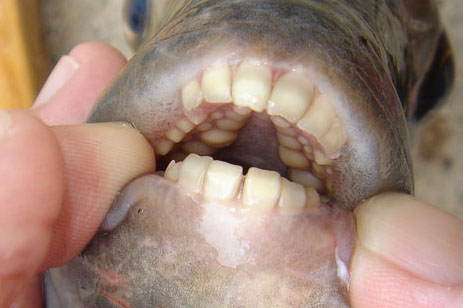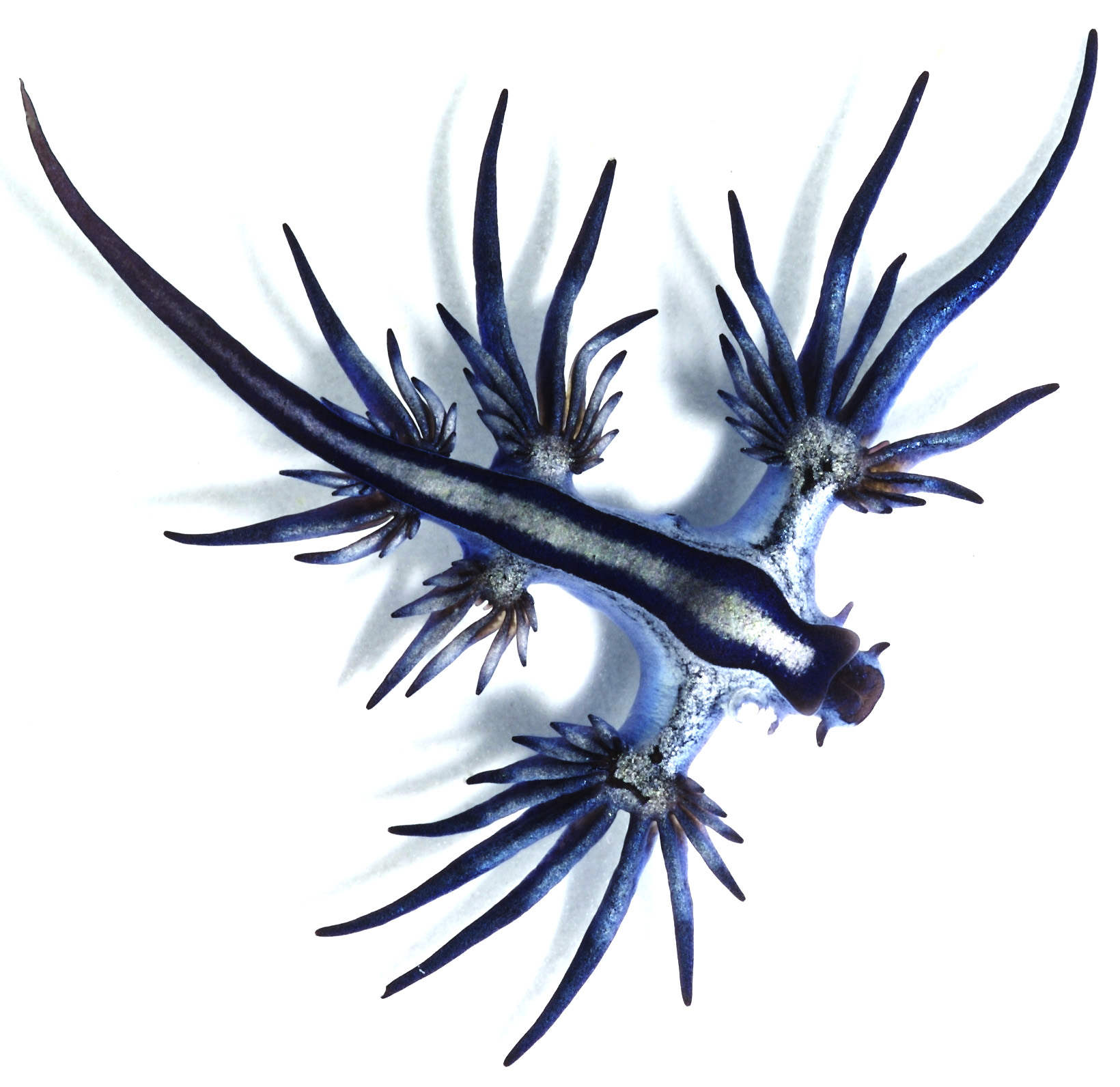This week: Eastern Fish Health Workshop
 Sunday, May 23, 2010 at 11:08AM
Sunday, May 23, 2010 at 11:08AM There's a special conference every year that's one of the best kept secrets in the fish world; its the Eastern Fish Health Workshop and this year its in sunny Shepherdstown WV, home of the National Fish Health Research Laboratories, which (as a quirk of history) are part of the USGS's Leetown Science Center. I've been going ever since I came to America in 2000 and I just love it. Why? Well, its a combination of things. Its small, usually around 100 people, which means you can spend some quality time with your colleagues. There's no concurrent sessions, so you aren't forced to miss anything, and there's also no poster sessions, which I consider to be largely a waste of time. It covers a great diversity of topics - fish health in aquaculture, wild fisheries, coral health on reefs, aquarium animal health, crustacean health and mollusc sessions, as well as thematic sessions like immunology and chemotherapy. There's no more diverse such conference annually, probably because its not affiliated with a scientific society that would limit scope. The only meeting that comes close is the ISAAH, in Tampa later this year, and that only runs every 4th year. But the best thing about the meeting is the people. Perhaps as a result of its breadth of subject, it attracts folks of broad vision and diverse interests and I just love that. I always leave energised by the people I meet and topics we discuss. Indeed, one of my biggest current projects - metabolomics of whale sharks (more on that in future posts) - was inspired by an EFHW talk by Andrew Dacanay a few years back.
This year's conference is especially important because its the 35th anniversary!
So, I'll be in WV this week and will try to blog some about the talks as they happen. This will mean writing from the Droid, so forgive me if things come across a little stilted. Its an a amazing device, but its no substitute for a real computer. It also means I might not do any blogging on peer reviewed research this week. I'd like to think I'll be studious and go back to my room for that stuff, but there's more to be gained by picking someone elses brain. Perhaps I'll post some interviews instead.











